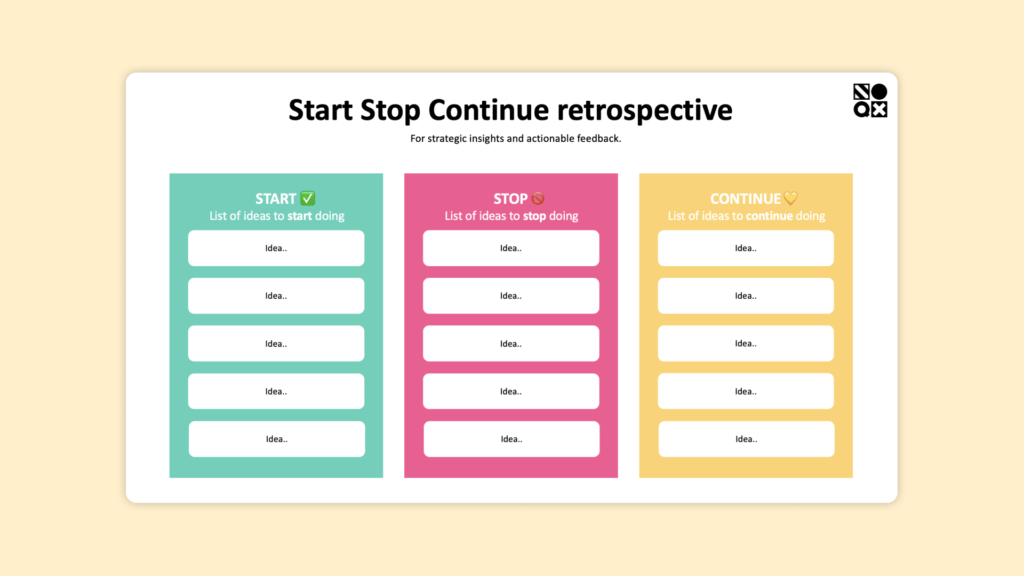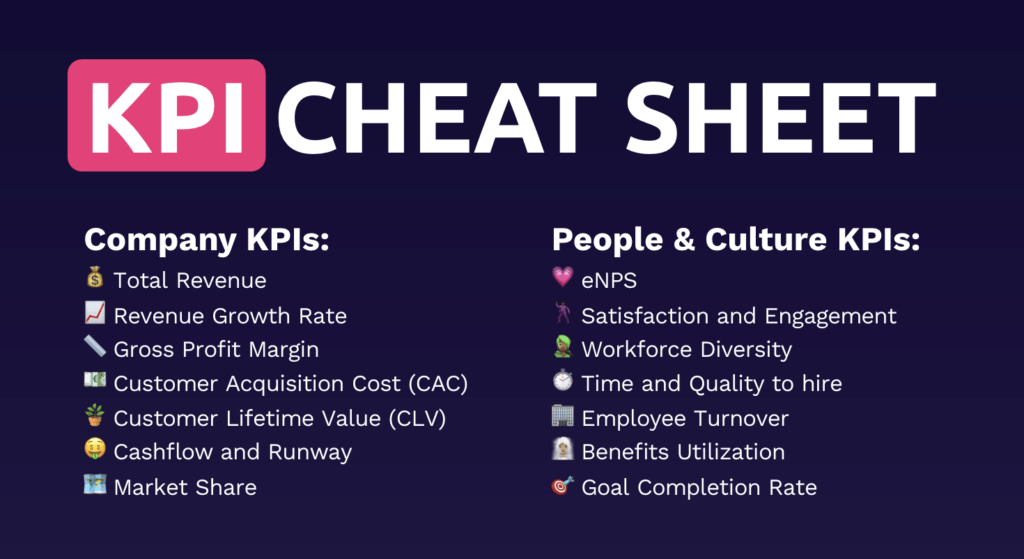What is Management by Objectives?
Management by Objectives (MBO) is like setting goals with your team, but in a strategic way. MBO meaning you work together to define clear, measurable objectives that everyone agrees on. It’s not just about getting stuff done; it’s also about making sure what you’re doing actually moves the business forward. By involving everyone in the goal-setting process, MBO boosts engagement and makes sure everyone’s on the same page. Plus, regular check-ins can also help keep things on track and allow for adjustments as needed. Basically, it’s all about working smarter, not just harder, to achieve success. So, let’s dive in and learn more about the little brother of Objectives and Key Results!
What is the definition and origin of Management by Objectives?
Management by Objectives (MBO) traces its origins back to the influential works of Peter Drucker in the 1950s. Drucker, who also is often regarded as the father of modern management, introduced the concept in his 1954 book “The Practice of Management.”
At its core, MBO is a systematic and participative approach to management, emphasizing the setting, communication, and monitoring of objectives to achieve organizational success. Drucker proposed that organizations should establish clear objectives at various levels and involve employees in the goal-setting process to ensure alignment with organizational goals.
What are the 5 steps of Management by Objectives?
Establishing Organizational Goals and Objectives:
- Begin by defining the overall mission, vision, and strategic objectives of the organization.
- Senior management typically sets these overarching goals based on factors like market analysis, competitive positioning, and stakeholder expectations.
- These goals should be specific, measurable, achievable, relevant, and time-bound (SMART).
Cascading Objectives Down to Individual Departments and Employees:
- Once the organizational goals are established, they are cascaded down to each department or team within the organization.
- Departmental managers work with their teams to align their objectives with the broader organizational goals.
- This alignment ensures that everyone is working towards the same objectives and fosters a sense of ownership and accountability at all levels.
Setting SMART Objectives:
- Each department or team breaks down the organizational goals into smaller, actionable objectives that are specific, measurable, achievable, relevant, and time-bound.
- Objectives should be clear and understandable, providing a roadmap for employees to follow in achieving their goals.
- Managers and employees collaborate to set these objectives, ensuring that they are challenging yet attainable.
Monitoring Progress and Performance:
- Regular monitoring of progress is essential to ensure that objectives are being met and to identify any issues or obstacles that may arise.
- Key performance indicators (KPIs) are established to measure progress towards each objective.
- Managers use various tools and techniques such as performance dashboards, progress reports, and regular check-ins to track performance against these KPIs.
Providing Feedback and Making Necessary Adjustments:
- Feedback is provided to employees on their performance, highlighting areas of success and areas for improvement.
- Managers engage in ongoing dialogue with their teams to discuss progress, address any challenges, and provide support as needed.
- If objectives are not being met or if circumstances change, adjustments may be necessary. This could involve revising objectives, reallocating resources, or providing additional training or support to employees.
By following these steps, organizations can effectively implement Management by Objectives. Aligning individual and departmental goals with the broader strategic objectives of the organization and driving improved performance and results.
Read: Learn how crush your goals using S.M.A.R.T Goals
Benefits and Challenges of MBO
Benefits of Management by Objectives
- Clarity and alignment of goals: MBO offers a structured framework for setting clear, measurable objectives aligned with organizational goals, ensuring everyone understands their role in achieving success.
- Employee motivation and engagement: Involving employees in goal-setting fosters ownership, intrinsic motivation, and commitment, leading to increased productivity and job satisfaction.
- Accountability and performance measurement: MBO assigns specific goals, enabling managers to track progress, identify areas for improvement, and also recognize high performers, driving continuous improvement.
- Communication and collaboration: MBO promotes open communication and collaboration, fostering teamwork, knowledge sharing, and synergy across departments.
- Adaptability to change: MBO allows organizations to adapt goals and strategies in response to changing market conditions, ensuring agility and responsiveness.
Challenges and Considerations of Management by Objectives:
- Overemphasis on short-term goals: Risk of neglecting long-term strategic priorities, necessitating a balance between immediate objectives and broader organizational goals.
- Resistance to change: Implementation may face resistance from employees accustomed to traditional management styles, requiring effective change management and leadership support.
- Goal displacement or tunnel vision: Employees may prioritize individual goals over organizational success, highlighting the need for alignment and a holistic approach to goal achievement.
- Effective communication and leadership: Success depends on strong communication skills from managers to convey expectations. Provide feedback, and address concerns, supported by leadership guidance and conflict resolution.
Examples of Management by Objectives (MBO)
General Electric (GE) successfully implemented MBO, who set ambitious yet achievable goals for each division. GE closely monitored performance against these targets, which contributed to its emergence as a global powerhouse across various industries.
Google adopted Objectives and Key Results (OKRs), a variation of MBO, to align individual and team goals with the company’s overarching objectives. This strategic approach has fueled Google’s rapid growth and innovation within the tech industry.
Procter & Gamble (P&G) utilized MBO to streamline operations and prioritize core business objectives. By aligning individual goals with company-wide targets, P&G saw improvements in productivity as well as in innovation, and market competitiveness.
Read: Learn more about Goal-Setting by using our Complete Guide to OKRs.



